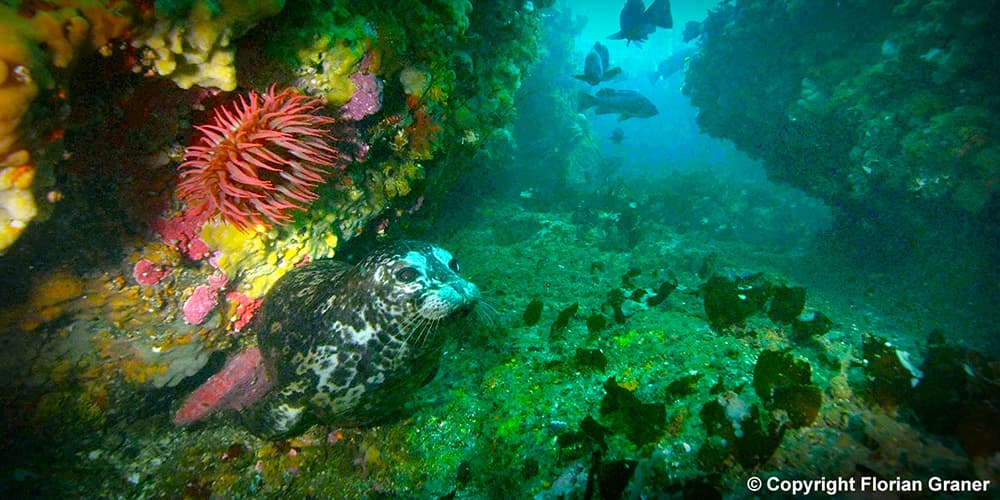Habitat Protection

Habitats are where marine organisms dwell, find food, shelter, and reproduce. Natural populations of marine organisms require healthy habitats to survive. One of the purposes of our National Marine Sanctuary System is "to maintain the natural biological communities in the national marine sanctuaries, and to protect, and, where appropriate, restore and enhance natural habitats, populations, and ecological processes;" Sec 301(b) of the National Marine Sanctuaries Act.
Olympic Coast National Marine Sanctuary hosts a variety of marine habitats, including beaches, rocky shoreline, offshore islands, kelp forests, rocky reefs, sandy seafloor, pelagic (open ocean), deep ocean seafloor, and submarine canyons. These habitats are complex, with a combination of geological (mud, sand, and rocks), biological (kelp, sponges, corals, other organisms), and physical (waves and currents) features. Protection of these marine habitats from human activities causing physical damage, reduced complexity or other degradation is one primary responsibility of national marine sanctuaries.
Habitat protection actions are supported by research and monitoring efforts, and are reinforced through outreach to inform citizens and minimize habitat impacts. It is important to understand what activities may degrade habitats and to identify marine habitats of special importance, such as critical habitat for endangered species or essential fish habitat.

